News Desk

Toxins found in the skin of poison dart frogs may hitch a ride there via molecular taxicabs…But how these toxins, which help to fend off predators, make it from a frog’s intestines to its skin has been a mystery. See the study here.
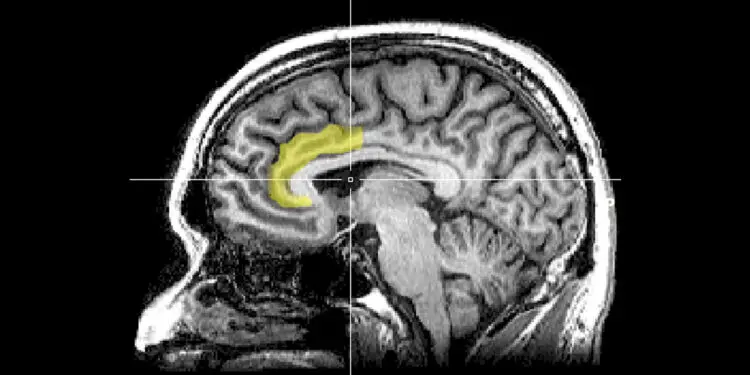
New research published in Translational Psychiatry sheds light on how ketamine, a drug known for its rapid antidepressant effects, specifically alters brain activity in people with treatment-resistant depression.
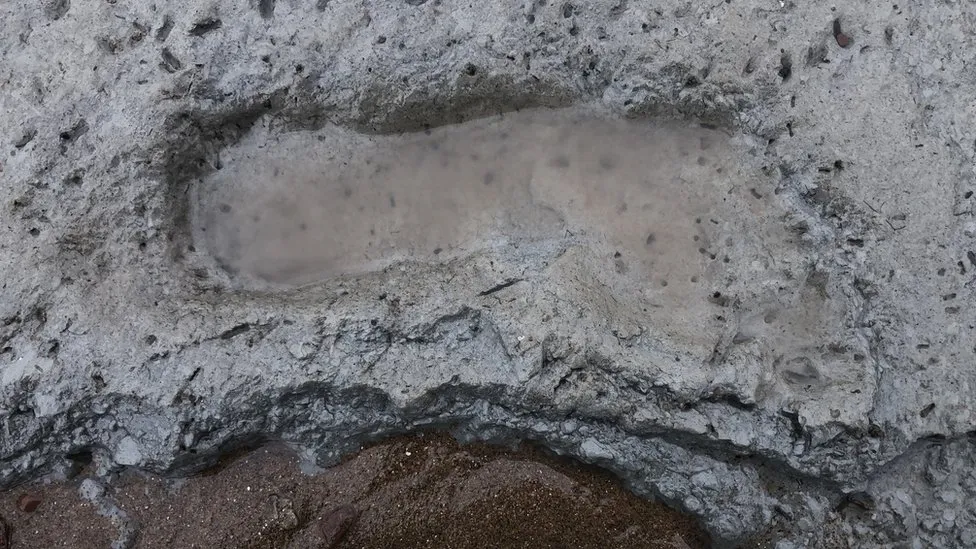
The more than 7,000-year-old fishing traps are made from willow withies woven around wooden stakes to create a V-shaped fence in the bed of a former river channel. Experts from the university believe they were probably used to catch eels and other fish.
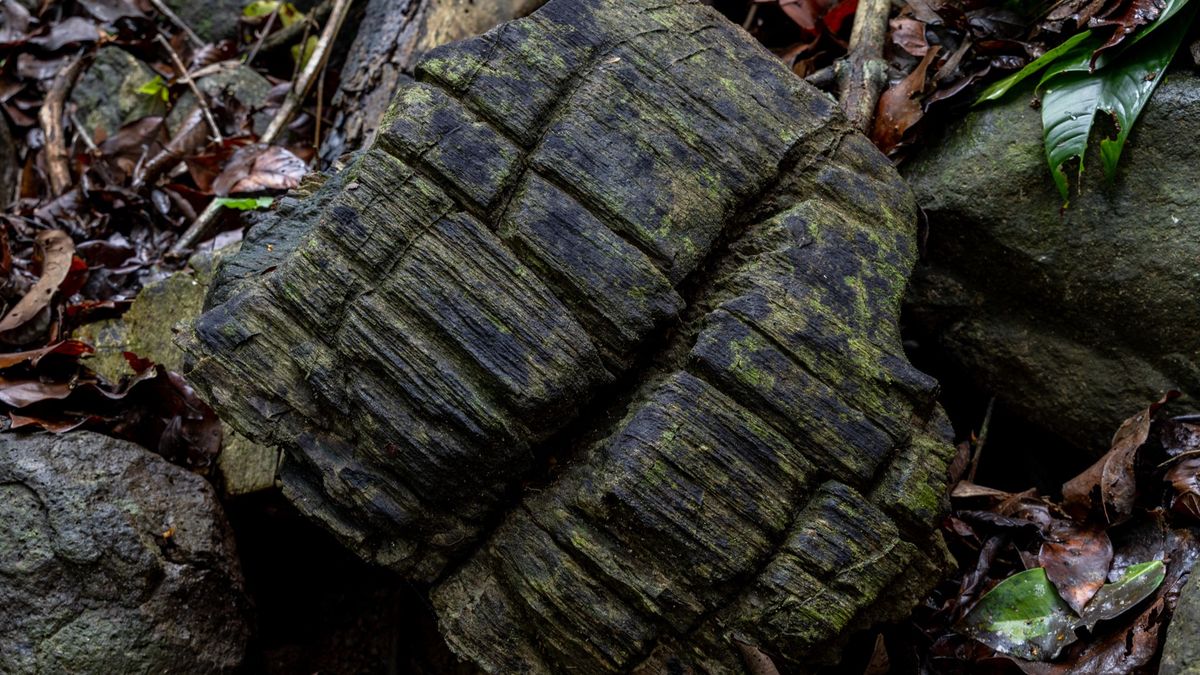
An ancient mangrove forest with trees that towered up to 130 feet high has been discovered over 20 million years after a volcanic mudflow smothered it in what is now Panama, a new study reveals.
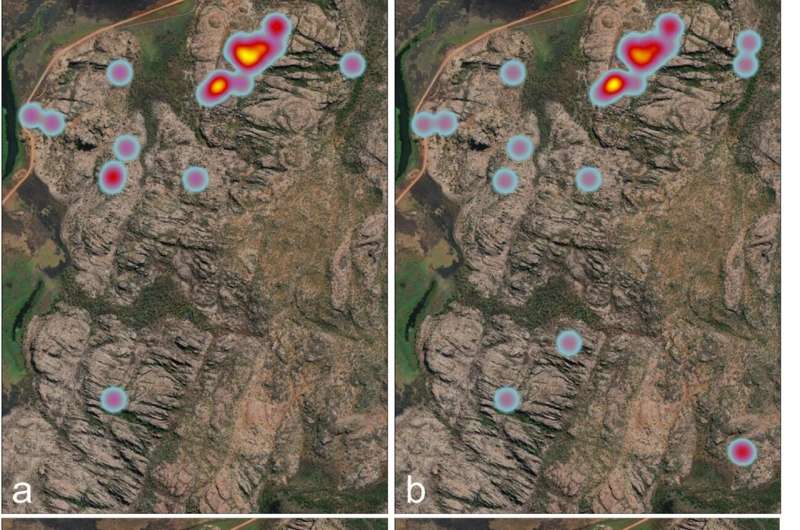
Rock art is one of the most intriguing records of the human past—it directly represents how our ancestors viewed their world…New research published in Archaeological and Anthropological Sciences uses an innovative approach to understand rock art in Arnhem Land in a fundamentally different way.
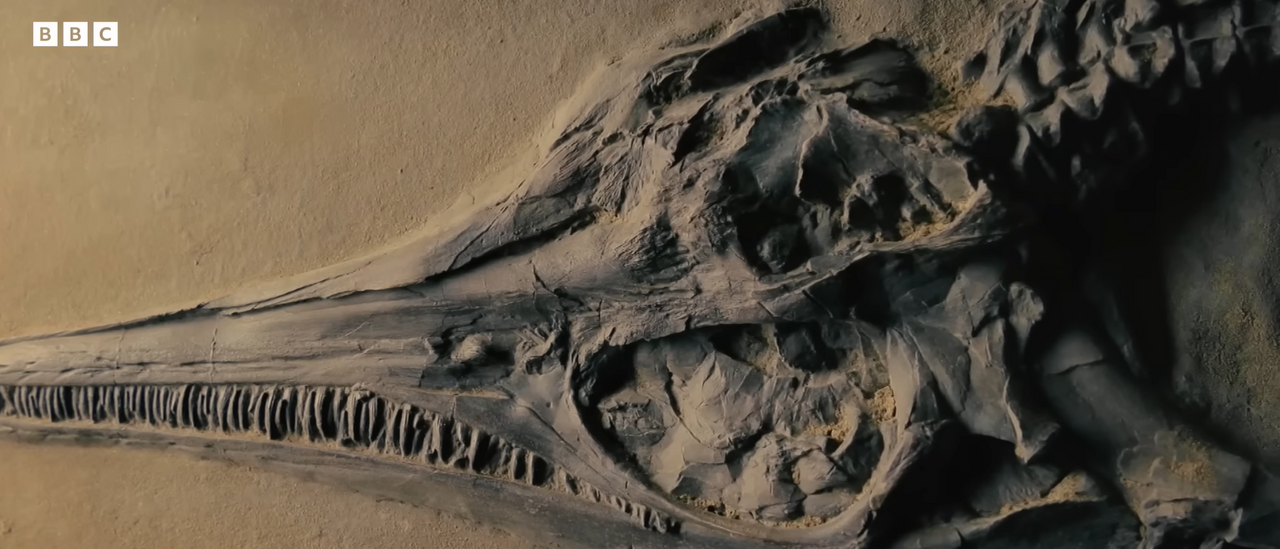
The BBC came under fire in early January for appearing to try and manipulate data surrounding the discovery of a fossil discussed in a David Attenborough documentary.
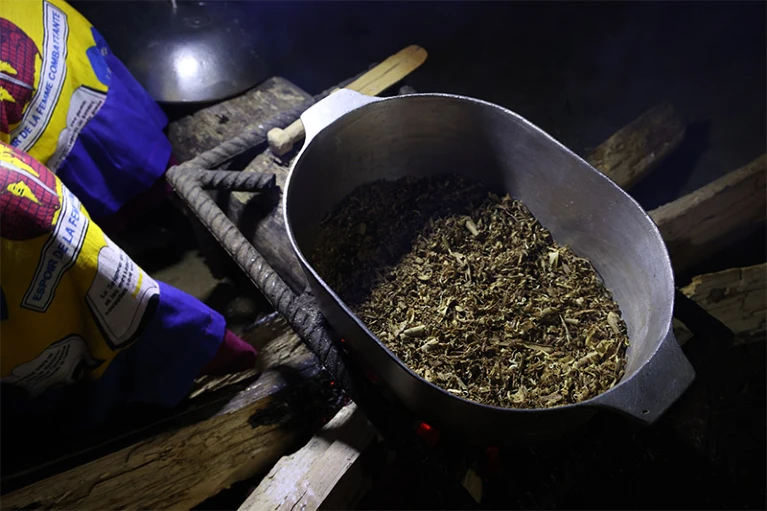
Military veterans with cognitive and psychological problems saw drastic improvements after a dose of ibogaine. See the study here.
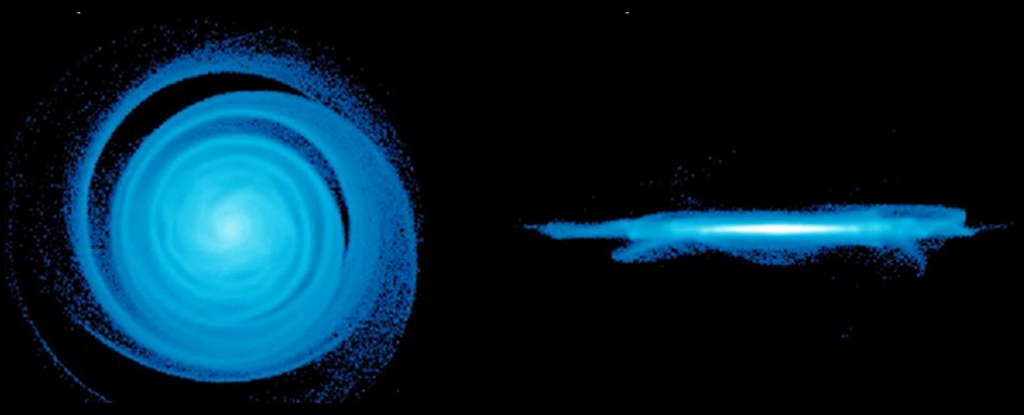
Astronomers have detected pond-like ripples across the gaseous disk of an ancient galaxy. What caused the ripples, and what do they tell us about the distant galaxy’s formation and evolution? And whatever happened, how has it affected the galaxy and its main job: forming stars? See the research here.

Archaeologists say that the hill is a dormant volcano and that ceramics recovered there so far suggest that humans have been using the site for several hundred years or more. But some Indonesians, including an earthquake geologist and a president who left office in 2014, have suggested that the site may have been built far earlier by an as-yet-undiscovered ancient civilization.
In a new study published in Nature Astronomy, University of Rochester astrophysicist Adam Frank explores the links between atmospheric oxygen and detecting extraterrestrial technology on distant planets.

How does psilocybin, a psychedelic substance found in magic mushrooms, affect perception of self? A recently published study in the Journal of Psychedelic Studies found a considerable diversity of experiences by examining online posts from Reddit users who shared their encounters of gazing into the mirror while under the influence of psilocybin.
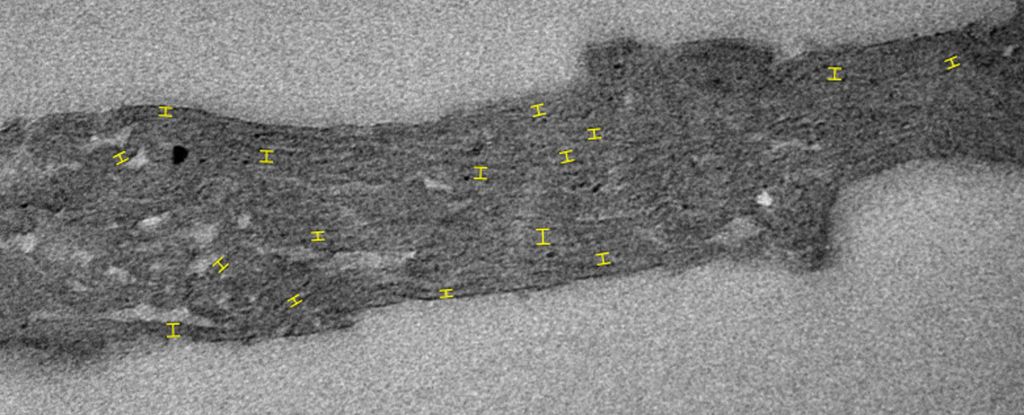
Tiny fossils that have spent nearly 2 billion years locked up in chunks of ancient rock are giving us the earliest evidence yet for photosynthesis on Earth. The research has been published in Nature.

No one can know exactly, but archaeologists have found a few unexpected clues.No one can know exactly, but archaeologists have found a few unexpected clues.
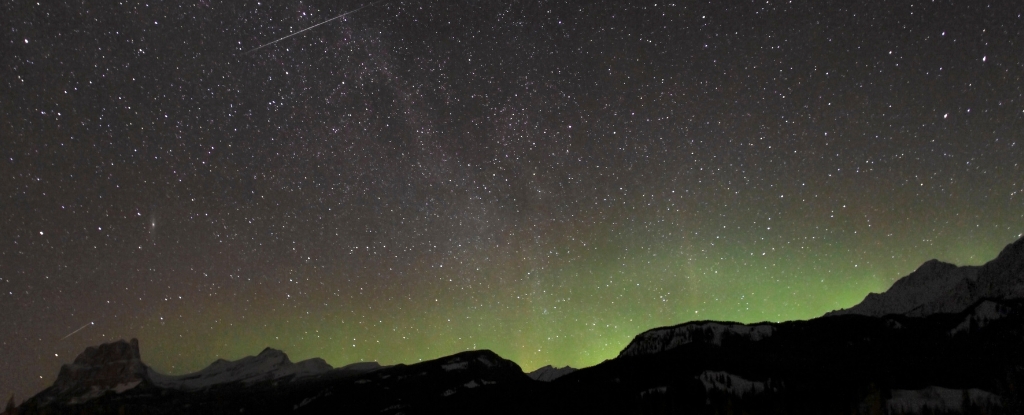
The Quadrantids is due to peak at 12:53 UTC on 4 January 2024, with up to 110 to 120 meteors streaking through the atmosphere per hour. It’s one of the most intense meteor showers to grace our skies per year…

Presidential candidates from the Democrat, Republican, and Independent parties are using their platforms on the campaign trail to promote visions for psychedelics reform.
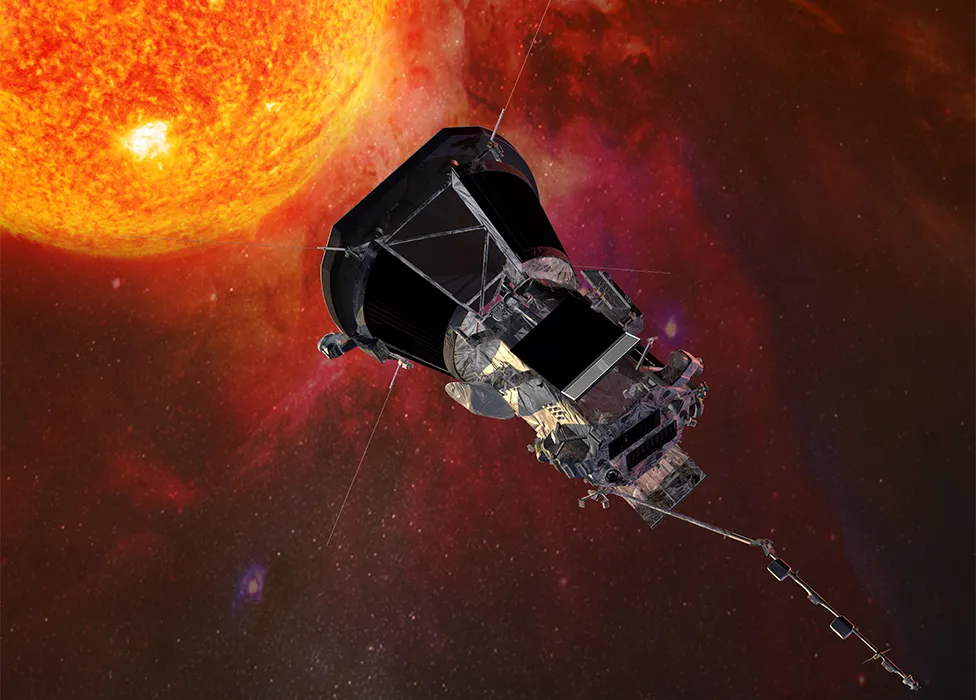
A year from now, on 24 December, Nasa’s Parker Solar Probe will race past the Sun at the astonishing speed of 195 km/s, or 435,000 mph. No human-made object will have moved so fast nor, indeed, got so close to our star – just 6.1 million km, or 3.8 million miles from the Sun’s “surface”.








